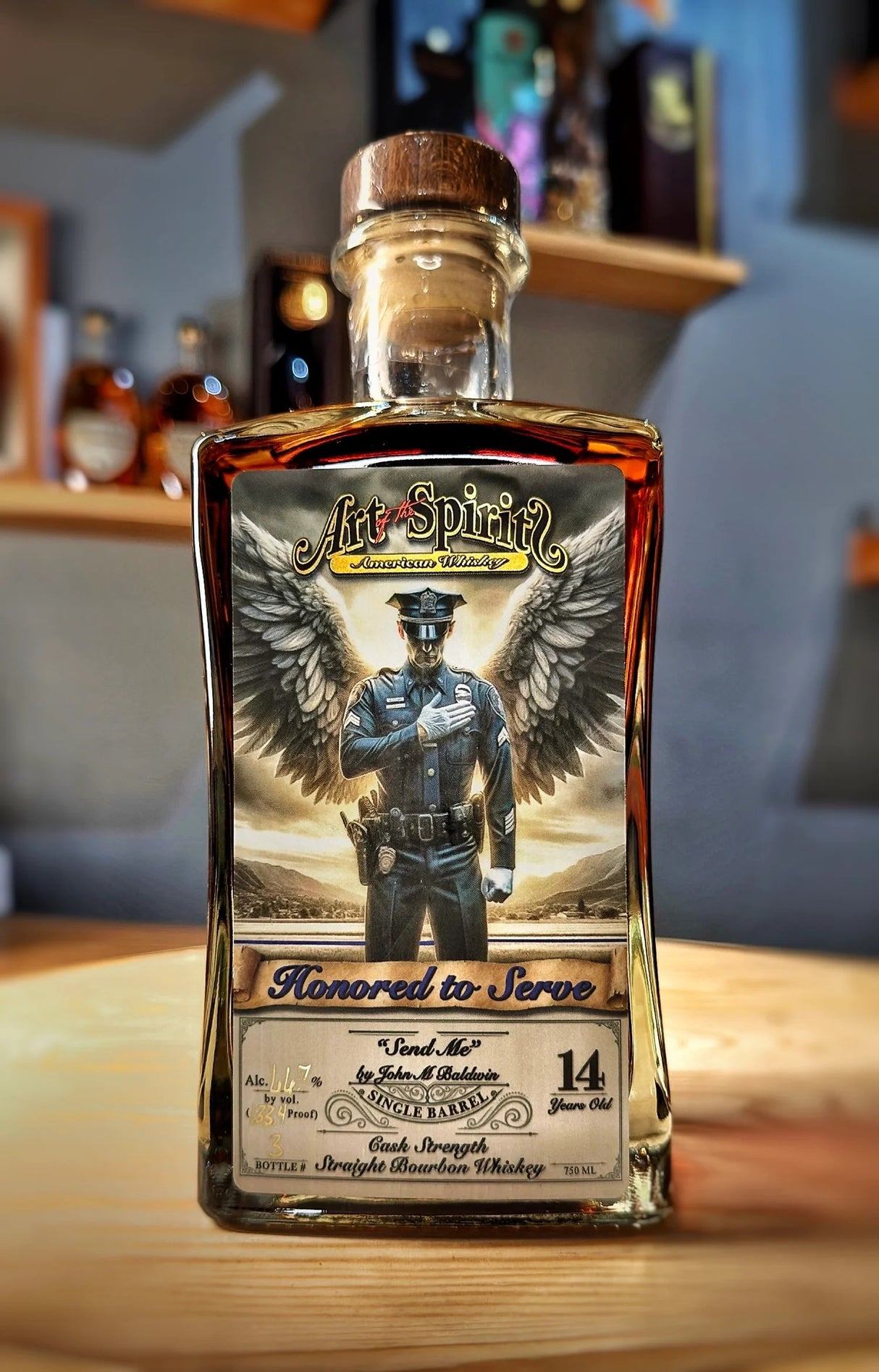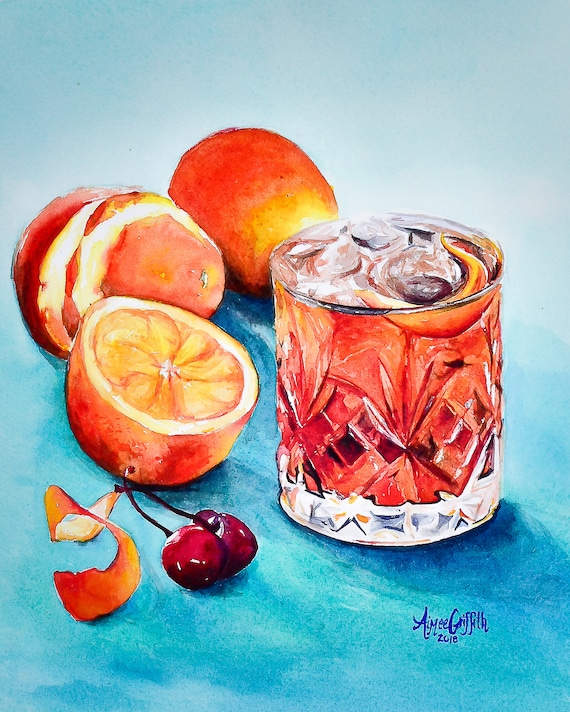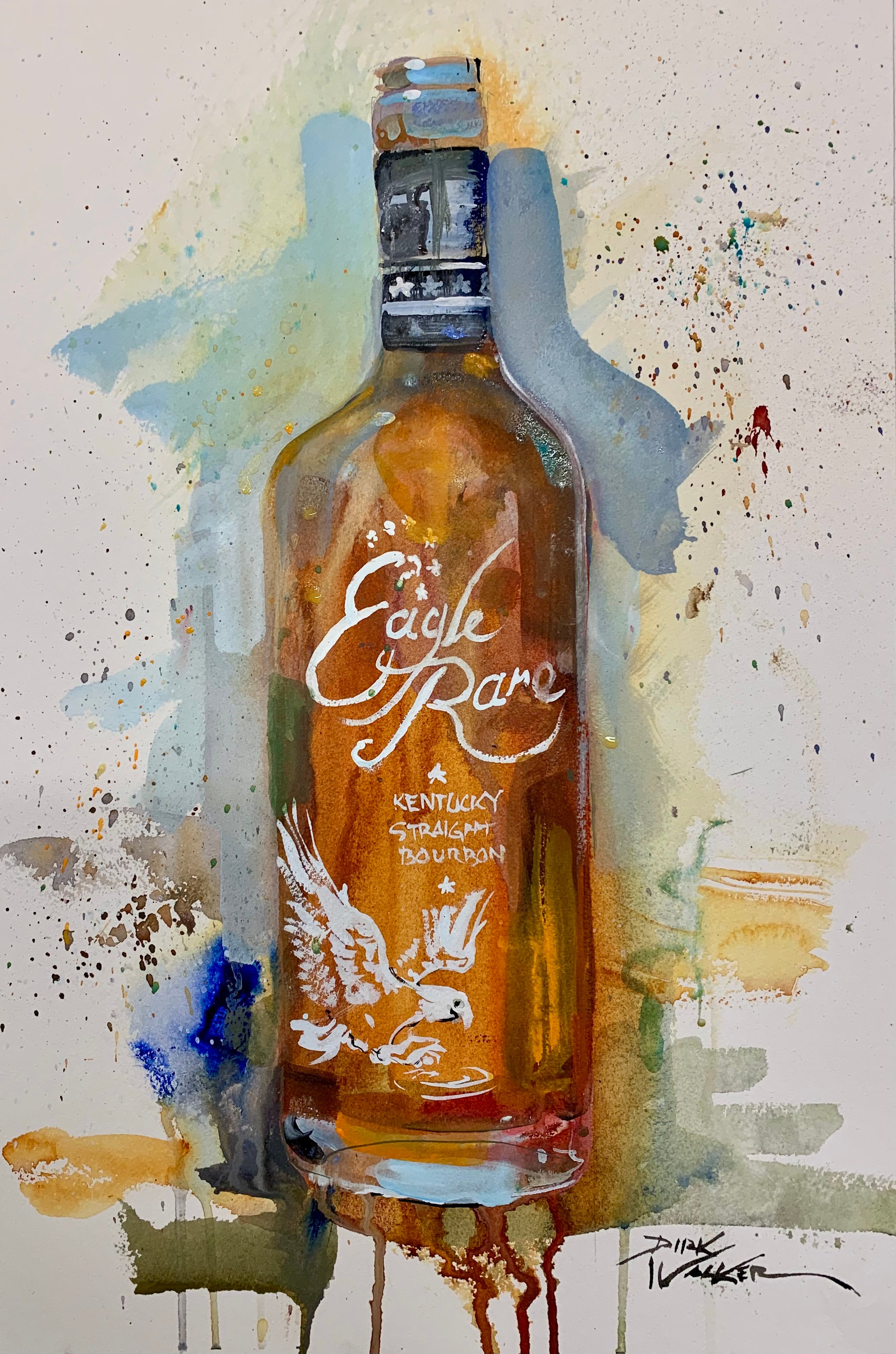The Significance of Whiskey Art in Celebrating Heritage and Workmanship in the Beverage Industry
The complex connection in between scotch art and the celebration of heritage and workmanship within the beverage market can not be overstated. Via thoughtfully created labels and containers, scotch brand names envelop their historical origins and the artisanal skills that define their manufacturing techniques.
The Historic Roots of Whiskey
At the heart of whiskey's appeal exists a rich tapestry of historic roots that trace back to old worlds. The beginnings of whiskey can be linked to the purification practices of the Sumerians and Babylonians around 2000 BCE, where early kinds of fermented grain beverages began to arise. However, it was in the Center Ages that the art of purification developed dramatically, particularly in Ireland and Scotland, causing the production of whiskey as we understand it today.
The term "bourbon" itself derives from the Gaelic word "uisce beatha," implying "water of life." This expression emphasizes the social significance of whiskey in Celtic societies, where it was commonly connected with routines, celebrations, and communal bonding. By the 15th century, distillation ended up being an identified craft within reclusive areas, leading the way for the establishment of legal distilleries.
As trade routes expanded, whiskey's popularity grew, transcending regional boundaries and capturing the interest of lovers worldwide. Limited Edition. This historic trip mirrors not just the workmanship behind scotch manufacturing however additionally its indispensable role in social and cultural contexts, noting it as a significant drink throughout history
Artistic Expression in Branding
Bourbon branding stands as an engaging junction of creativity and commerce, where visual identity plays an essential role in shaping customer assumption. The aesthetics of whiskey tags, product packaging, and advertising materials mirror not just the brand's story yet additionally its core worths and heritage. With artistic expression, distilleries convey a story that resonates with consumers, stimulating feelings and stimulating connections.
The usage of color, typography, and images in branding serves to differentiate items in a saturated market. Typical themes might evoke a feeling of authenticity and workmanship, while modern layouts can signify advancement and forward-thinking. This strategic creative direction enhances brand name recognition and loyalty, permitting customers to build a personal connection with the bourbon they choose.
Moreover, creative expression in branding commonly offers as a celebration of local heritage. Distilleries frequently integrate neighborhood symbols or historical recommendations right into their designs, creating a feeling of area that welcomes consumers to take part in a more comprehensive social experience. Ultimately, the creativity behind scotch branding not just boosts aesthetic appeal but likewise enhances the total story of the brand name, fostering a deeper recognition for the workmanship and heritage ingrained in each container.
Craftsmanship in Bottle Design
The artistry apparent in scotch branding prolongs beyond visual identity to include the craftsmanship associated with container style. Each container works as a vessel not simply for the spirit within, however likewise for the tale it tells regarding its tradition, high quality, and origin. The style process requires meticulous attention to detail, as components such as closure, product, and form add considerably to the overall understanding of the scotch.
Craftsmanship in bottle layout entails choosing top notch glass that can improve the scotch's color and quality, while additionally offering a tactile experience for the customer. The shape of the bottle must be both cosmetically attractive and functional, often showing the heritage of the brand. Many distilleries select one-of-a-kind shapes or embossed logo designs that evoke a feeling of credibility and history.
Moreover, the tag style and typography play an important role in communicating the brand name's narrative. Realism Art. A well-crafted bottle not only astounds the consumer's eye but additionally strengthens his comment is here the brand's dedication to quality and practice. In this means, the craftsmanship of container design becomes an essential aspect of the scotch experience, merging creativity with an extensive respect for heritage
Cultural Value of Whiskey Art
Commemorating tradition and craftsmanship, the social value of bourbon art transcends simple appearances, linking with the historic and social stories of the regions from which it stems. Each container works Your Domain Name as a canvas, showing the special stories, folklore, and practices that have shaped neighborhood whiskey-making techniques. The intricate styles usually reflect the heritage of the distillers, integrating signs and concepts that reverberate with the culture and values of their communities.

In enhancement, whiskey art plays a crucial role in common celebrations and celebrations, working as a tangible link in between people and their advice shared experiences. By appreciating the virtuosity in whiskey packaging, customers grow a deeper understanding and regard for the craft, inevitably enriching their pleasure of the drink itself.
Modern Trends in Bourbon Presentation
In recent times, the discussion of whiskey has progressed to mirror contemporary tastes and fads while still recognizing conventional craftsmanship - Realism Art. Distilleries are increasingly focusing on visual components that boost the overall drinking experience, bridging the space in between heritage and modernity
Ingenious container layouts have actually arised, frequently integrating sustainable products and creative tags that inform engaging tales. Several brand names currently team up with local musicians, instilling their items with unique visual expressions that reverberate with consumers. Additionally, limited-edition releases are often packaged in collectible containers, adding value and allure for connoisseurs.

Final Thought
In conclusion, whiskey art offers as an essential avenue for sharing the heritage and workmanship intrinsic in the beverage industry. Through detailed branding, innovative bottle layouts, and culturally considerable creative elements, whiskey brand names successfully honor their traditions and attach with customers.


Workmanship in bottle design entails choosing premium glass that can enhance the bourbon's shade and clarity, while additionally supplying a tactile experience for the customer. In this method, the craftsmanship of container style becomes an essential facet of the whiskey experience, combining creativity with a profound regard for heritage.
In final thought, whiskey art offers as an important avenue for revealing the heritage and craftsmanship integral in the beverage sector.